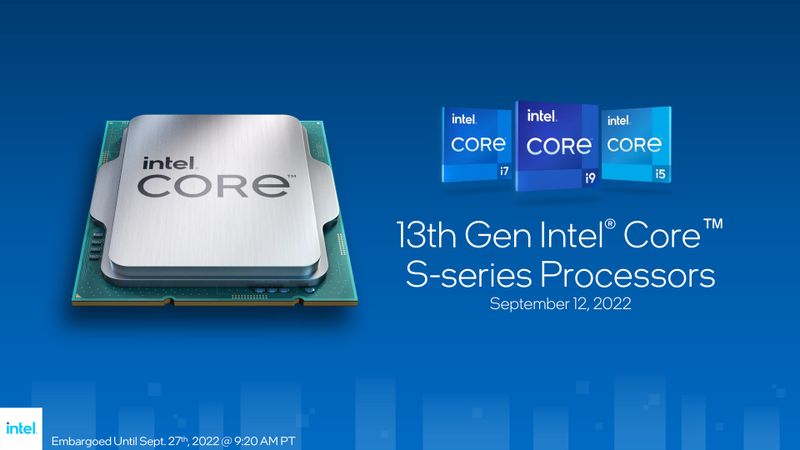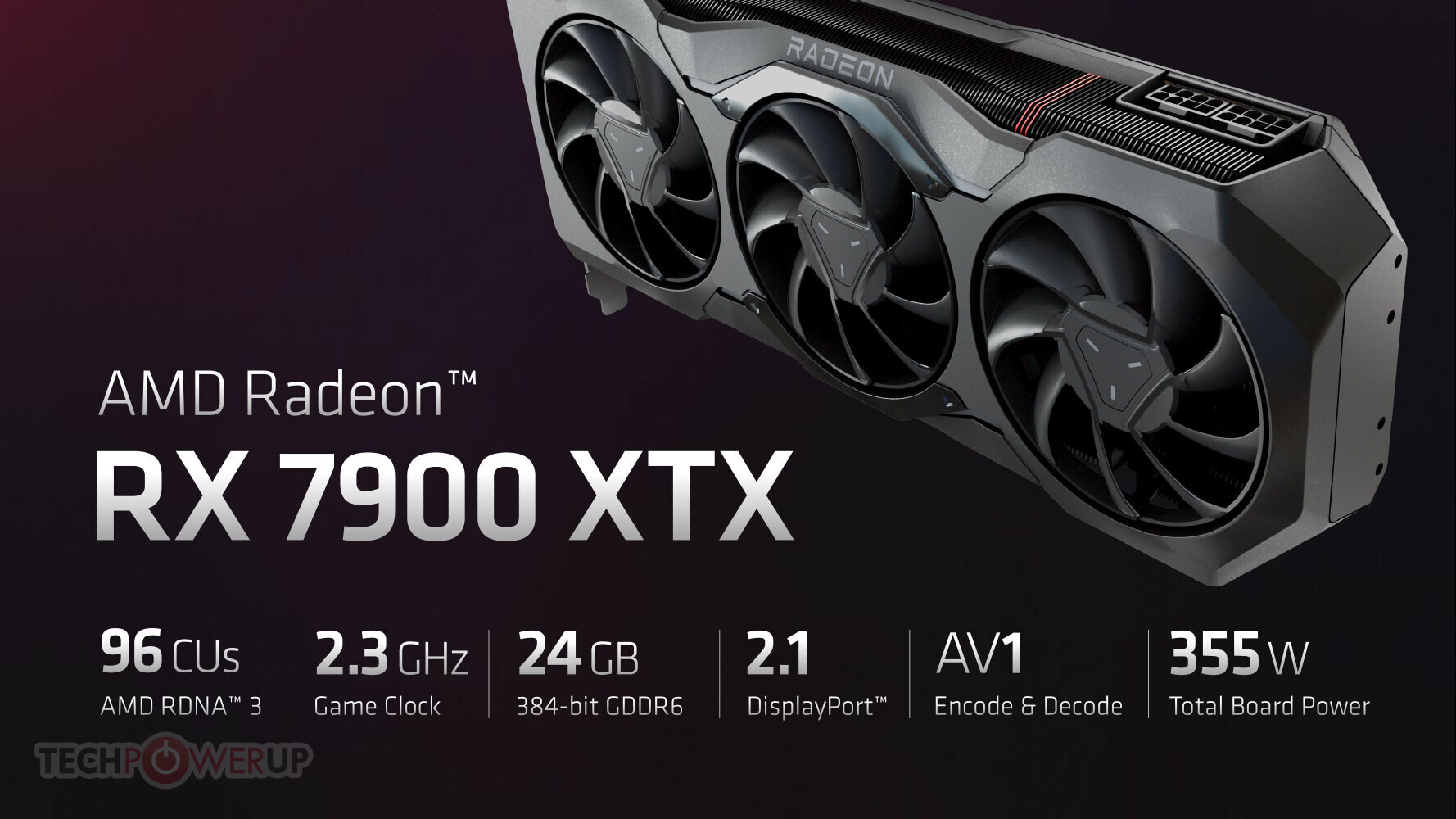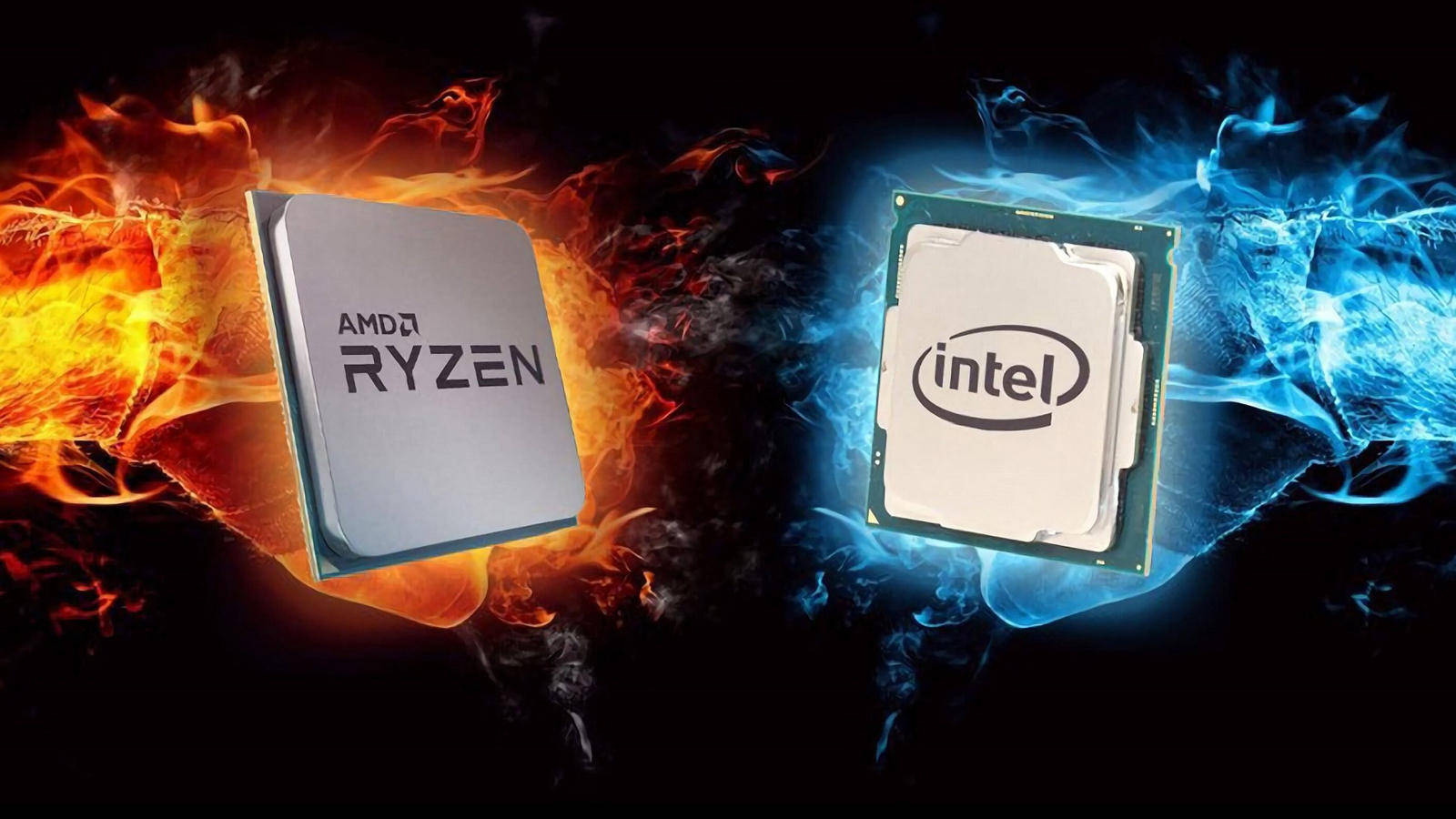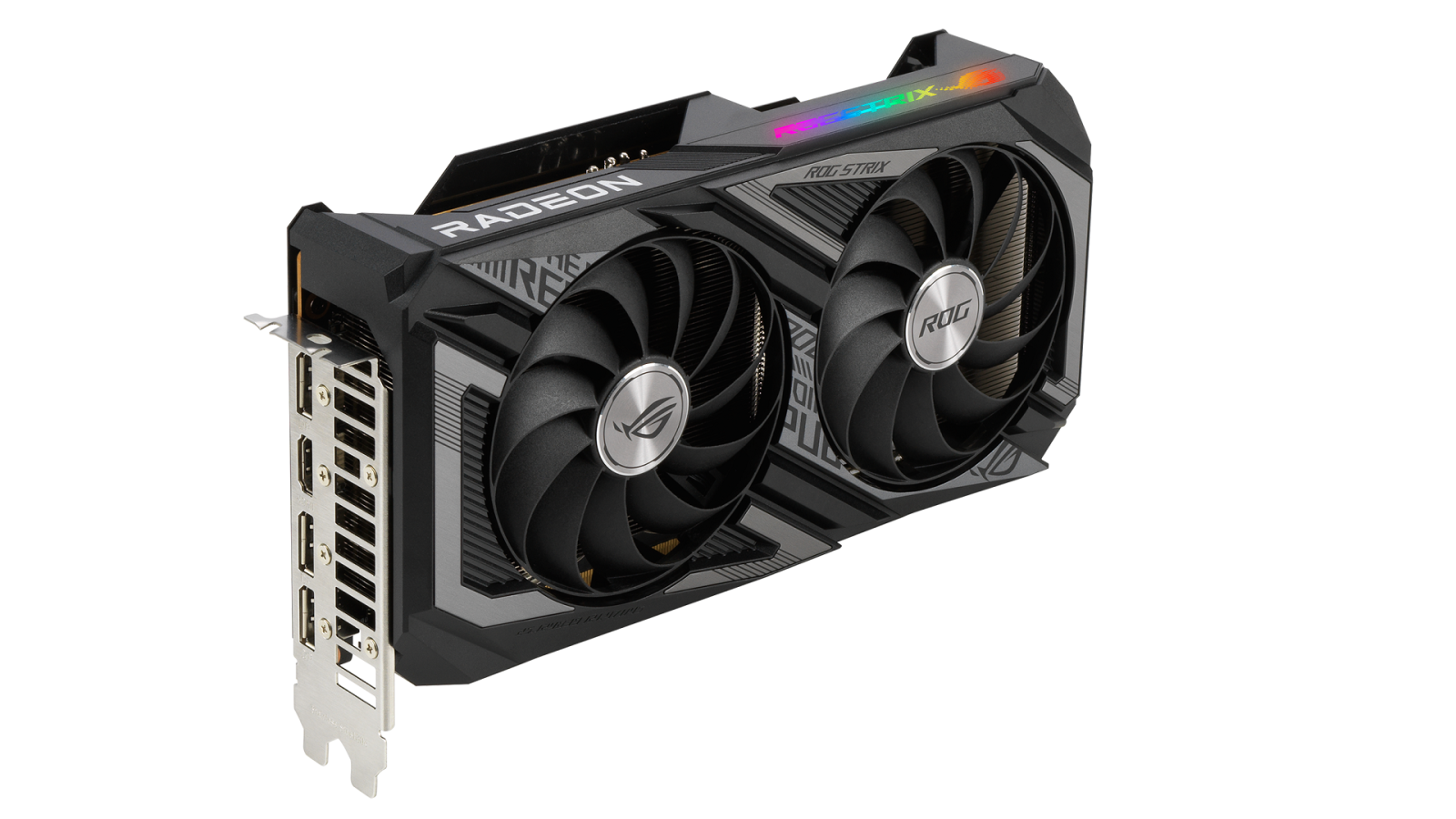After months of leaks and speculation, Intel has officially announced its 13th Gen Intel Core desktop processors, and given us (and its rival AMD) a glimpse of what to expect.
Intel’s 13th Gen processors, formerly known as “Raptor Lake,” will once again take advantage of Intel’s hybrid design, mixing performance cores and high-efficiency cores to smartly power up the CPU based on the type of task you’re using Uses Intel Turbo Boost Max 3.0 to help identify the best performers performance core (P-Core).

Intel’s previous 12th Gen “Alder Lake” CPUs also used this design, but the company claims the new generation will benefit from more efficient cores (E-Cores), which allow more Intel Smart Cache (L3) to To improve performance, especially for large datasets, L2 cache has been added to speed up data transfer between cache and memory. Again, this may improve performance.
Specification
Intel 13th Gen Core CPUs will support up to 16 PCIe 5.0 lanes and will support up to 5600 MT/s of DDR5 memory. Unlike rival AMD, which only supports the new RAM standard on its new Ryzen 7000 chip, Intel’s 13th Gen processors will continue to support DDR4 RAM.
Integrated Intel UHD Xe graphics will support up to 8K at 60Hz, or up to four 4K screens at 60Hz, and will also integrate Wi-Fi support for Wi-Fi 6 and the newer Wi-Fi 6E standard.
The flagship Intel Core i9 chip will have 24 processor cores consisting of 8 P cores and 16 E cores, while the i7 chip will have 16 cores (8 P cores and 8 E cores) and the i5 chip will have 14 cores (6 P cores and 8 E cores).
The pressure is on Intel
The launch of the 13th Gen Core comes at a critical time for Intel. While it’s undoubtedly still the market leader in CPUs, that lead has been eroded over the years by a resurgent AMD, which has released a slew of critically acclaimed processors.
In fact, just a day before Intel released its 13th-gen CPUs, reviews of AMD’s 7000-series CPUs dropped — AMD continued its winning streak, with both the AMD Ryzen 7 7700X and AMD Ryzen 9 7950X chips earning a rare five-star rating Rate us and we now think the latter is the best processor you can buy right now
So, Intel really needs to impress us with its 13th gen. There are some interesting differences between the two. First, Intel continues with its hybrid design, while AMD sticks to a more traditional approach, which it claims gives it a performance advantage.
Interestingly, however, Intel has made it easier and cheaper to upgrade to a new CPU by supporting cheaper DDR4 RAM and allowing 13th-gen processors to be installed in newer 700-series motherboards as well as older 600-series motherboards.

Meanwhile, if you want to use the new AMD CPU, you’ll need to buy new DDR5 RAM and a new motherboard, which can seriously push up the potential price of this upgrade.
It all comes down to price and performance. AMD has introduced a new generation of processors with superior performance and lower cost than their predecessors.
Meanwhile, Intel will be selling its flagship Core i9-13900K processor starting October 20th for $589, which is the same MSRP as its Alder Lake Core i9-12900K launch, hence the Core i9-13900K price That will be $110 less than AMD’s flagship Ryzen 9 7950X, but $40 more than the AMD Ryzen 9 7900X.
We won’t know how well these chips will perform until we include them in our full review, but 13th Gen Core CPUs will need to go all out if they want to stop AMD’s momentum.
Read more articles: https://www.facebook.com/RedTomElectronics/





